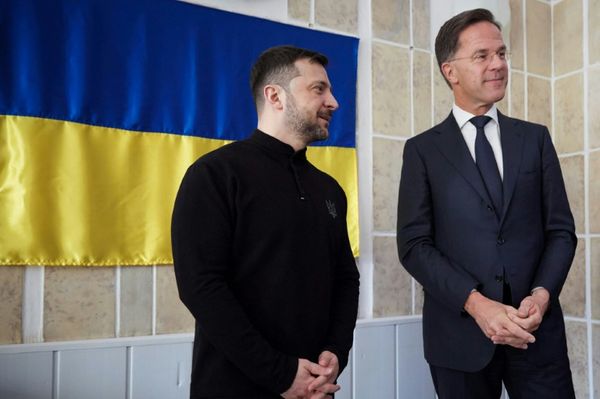
Mumbai: In the strongest lead connecting Baba Siddique's murder to Lawrence Bishnoi, police said the suspected three shooters who killed the NCP politician had communicated with the jailed gangster's, Anmol Bishnoi through Snapchat before the murder.
Police discovered photo on snapchat app
The Mumbai police recently revealed that they discovered photographs of Baba Siddique and his son Zeeshan on the Snapchat app, which was installed on the phones of the three individuals accused in the murder of Siddique, a former Maharashtra minister.
While much of the information had been deleted, the police, which are probing the murder of Baba Siddique, managed to recover some of the content.
Also Read |
NIA announces Rs 10 lakh bounty on Lawrence Bishnoi's brother
Used Instagram Messenger as well
They are also investigating whether Anmol Bishnoi, brother of incarcerated gangster Lawrence Bishnoi, communicated with the accused via Snapchat. An officer mentioned that the accused also chatted on Instagram Messenger.
What is Snapchat and why criminal gangs used the app
Snapchat is an instant messaging app known for sharing messages and photographs called “Snaps,” which are available for a limited time before becoming inaccessible to recipients. The app is particularly popular among the younger generations.
Also Read |
Dynamite News Mumbai Bureau inaugurated by MP Naveen Jindal; Veterans attend
A senior Mumbai police officer explained that the Bishnoi gang uses Snapchat because the messages and photos they send to gang members get deleted after a short time, giving them a sense of security. This makes it harder for the police to access these details even if the phones are seized. However, in the Baba Siddique murder case, the shooter had saved some of the images, which allowing the police to recover them.
The police officer added that it is a time-consuming process to request information from social media platforms based in the US, making Snapchat more convenient for gang members. Previously, gangsters used apps like Telegram and Signal to evade police detection. (with Agency input)







